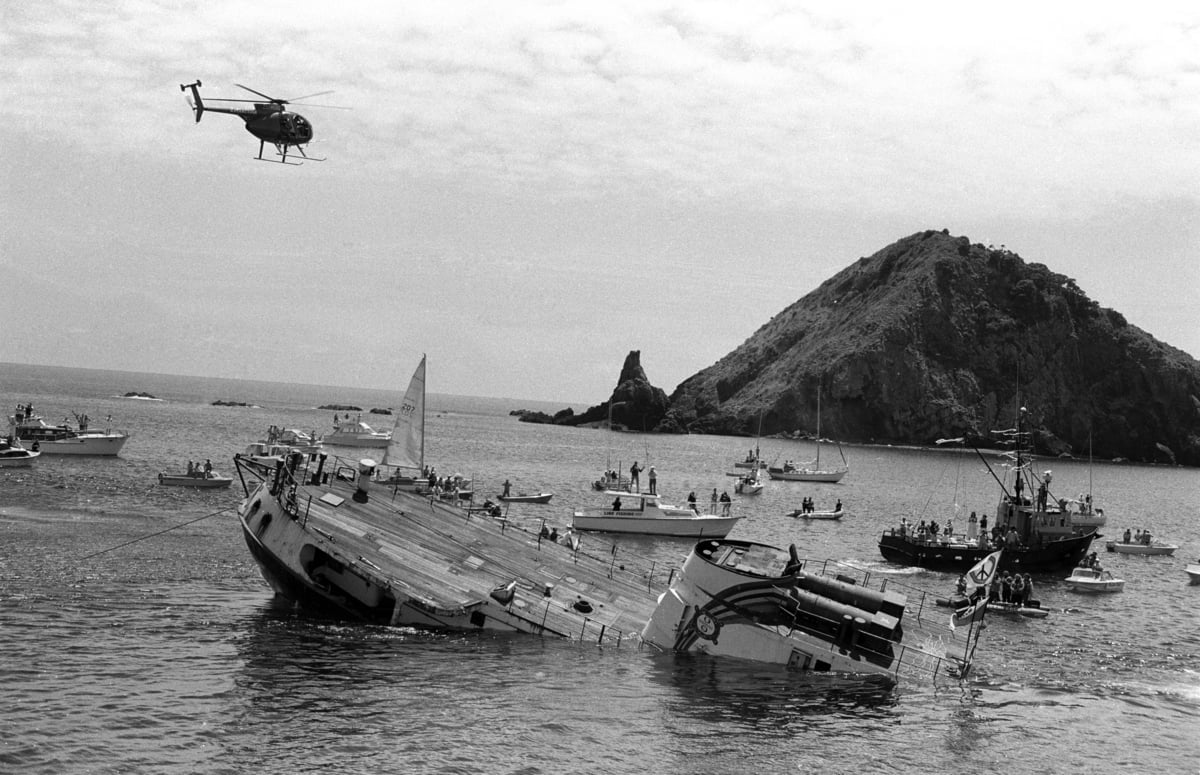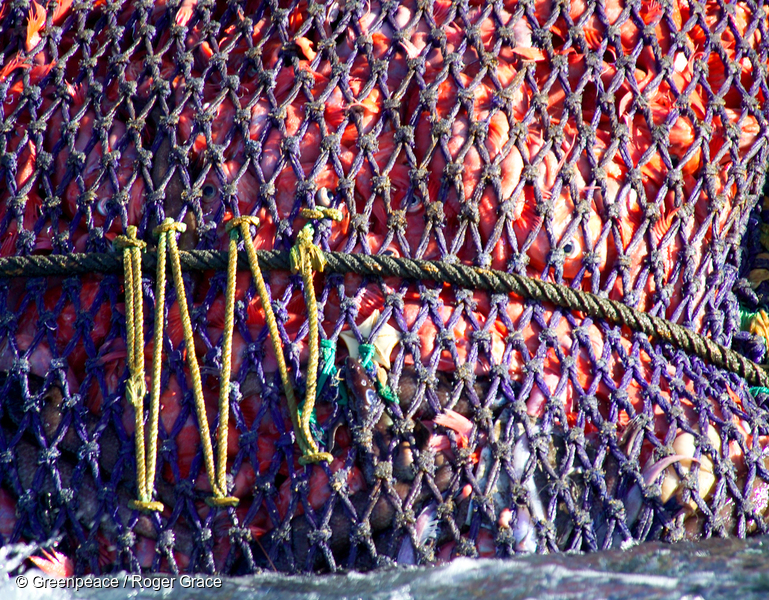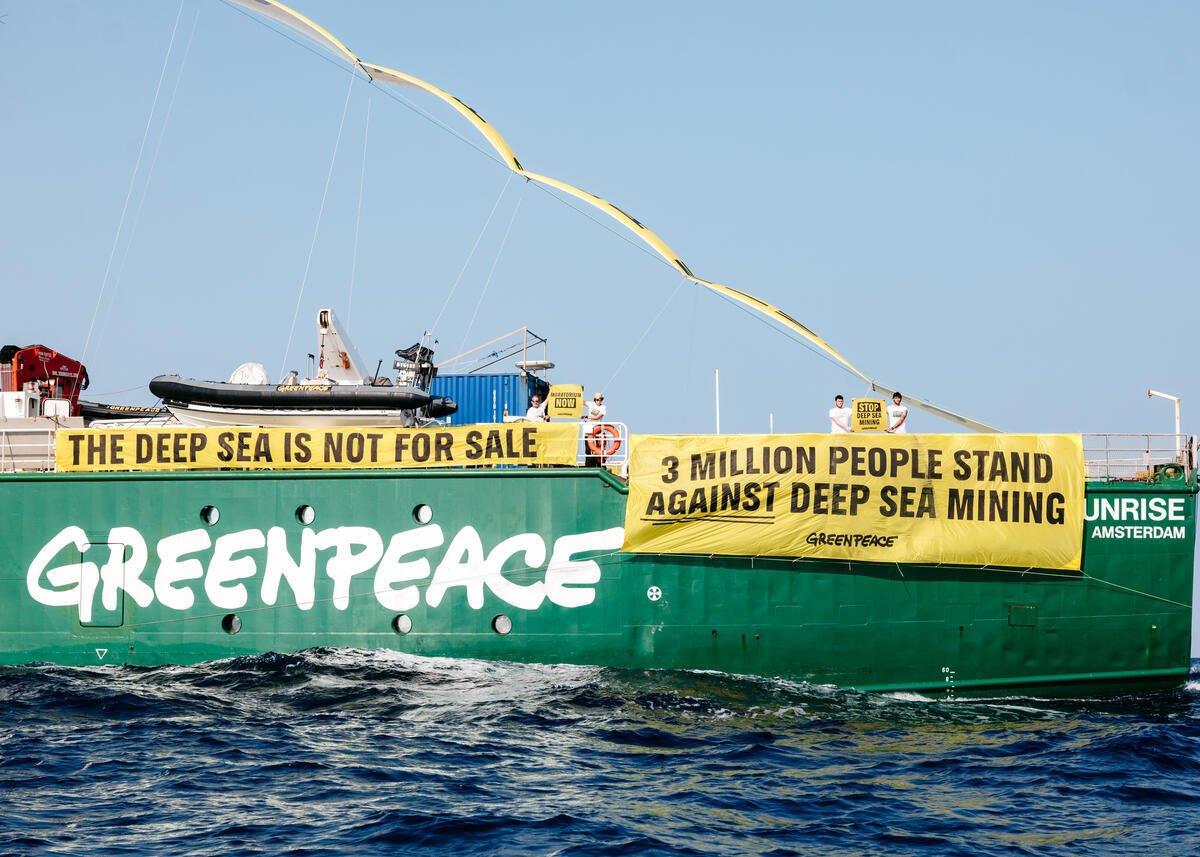A new report and interactive map released by Greenpeace details the extent of unique biodiversity found on Aotearoa’s underwater mountains (seamounts), and how these habitats are at risk from the commercial bottom trawling industry.
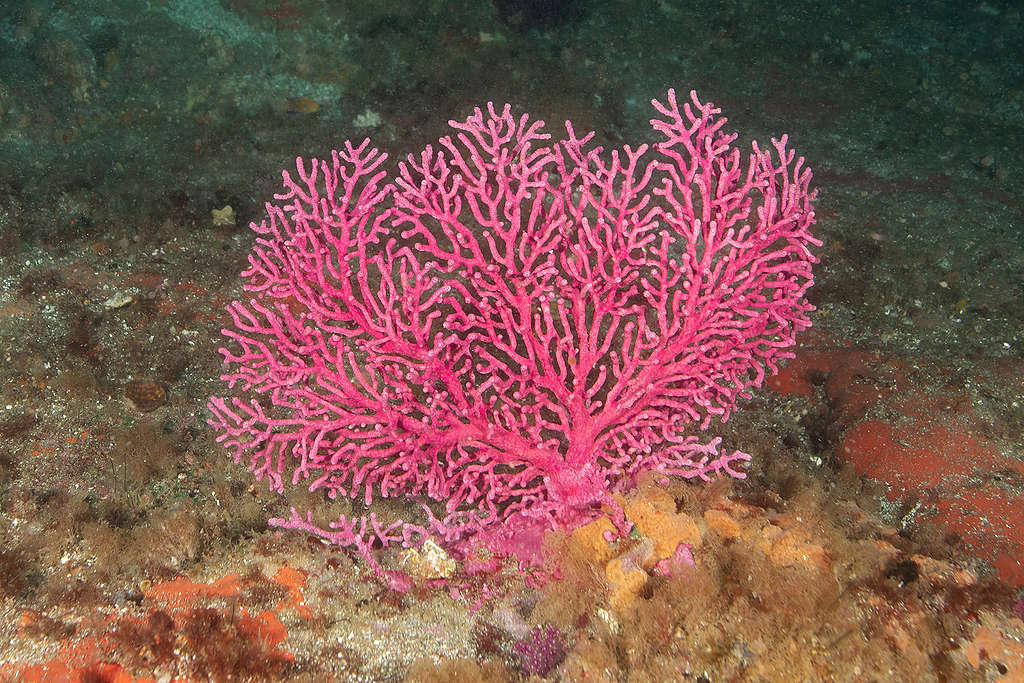
Hydrocoral, Kermadec Islands, New Zealand
Key Findings
1. Seamounts are home to disproportionate amounts of biodiversity
Seamounts are underwater mountains that rise more than 100m off the seafloor and are regarded globally as hotspots of marine biodiversity because they are home to many diverse, often unique, and endemic species or communities. Only a fraction of Aotearoa’s seamounts and associated biodiversity has been sampled or surveyed, and what is known is that Aotearoa seamounts can host abundant and diverse vulnerable marine ecosystems (VME) indicator species. VME indicator species include rare and unique species, species that are functionally significant to the health of marine habitats and species which are particularly complex, slow growing or long lived. Seamounts are important to migratory pelagic species like whales, sharks and even tuna. There is international evidence that near sea-surface seamounts can also be important feeding grounds for different seabird species.
2. Thriving biodiversity underpins overall ocean health
The deep-sea constitutes the largest source of species and ecosystem diversity on Earth as well as supporting diverse ecosystem processes and functions necessary for the Earth’s natural systems to operate. Thriving healthy oceans including deep-sea ecosystems associated with seamounts and similar features build resilience against climate change. The ocean is an important carbon store as it captures CO2 from the atmosphere, absorbing around 25% of all CO2 emissionsand then storing it.
3. Healthy seamounts are critical for the long-term sustainability of fisheries
Seamounts are highly productive due to their physical hard structure providing substrate for species to grow on and live amongst, and level of nutrient rich upwellings which support high levels of plankton productivity which attracts a range of biodiversity,. Upwelled nutrients from the deep-sea fuel photosynthesis supporting major fisheries such as anchovies and tuna. Seamounts are also critical habitats, such as sites of spawning aggregations for some deep-sea fish species like orange roughy.
4. Damage done to seamounts is essentially irreversible
Seamount biodiversity, like protected corals are slow-growing and highly fragile making them highly vulnerable to bottom trawling especially given the core depth distributions of most protected corals overlaps with the main ‘fishable’ depths. As few as ten individual bottom trawls can reduce deep-sea coral forests to rubble. Research has shown that recovery of some deep-sea coral vulnerable marine ecosystems from the impacts of benthic impacting fishing methods is possible but will take several decades to centuries.
5. Existing protected areas do not adequately protect seamounts and associated biodiversity
Seventy two percent of seamounts (>100m) and similar features are unprotected and vulnerable to benthic fishing methods. No type 1 MPAs (marine reserves) can be established beyond the territorial sea (12 nm) into the EEZ where the majority of seamounts occur. Existing benthic protected areas (BPAs) provide little protection as much of the seabed and features like seamounts are well beyond the current trawlable depths that extend to around 1,600 meters, and also the core-depth distribution of VME taxa, such as protected corals.
6. Bottom trawling is expanding into new unfished areas both in Aotearoa and beyond
While the commercial trawl footprint comparatively to a decade ago is smaller, new areas are still being trawled. Within the SPRFMO area New Zealand is the only country currently bottom trawling on seamounts. New Zealand is still reporting high bycatch rates of VME indicator species to SPRFMO. Given scientists are discovering new deep-sea invertebrates from areas fished and unfished, it means there is the potential for New Zealand vessels to destroy endemic or rare invertebrate species before they can be discovered and identified.
7. Banning bottom trawling on seamounts is essential
Protecting all seamounts and similar features from all benthic impacting fishing methods will ensure Aotearoa’s vulnerable marine ecosystems such as protected endemic, rare and diverse deep-sea corals not only survive but thrive. Protecting VMEs would also go some way towards New Zealand meeting its international obligations, such as United Nations General Assembly resolutions and domestic policies and legislation.
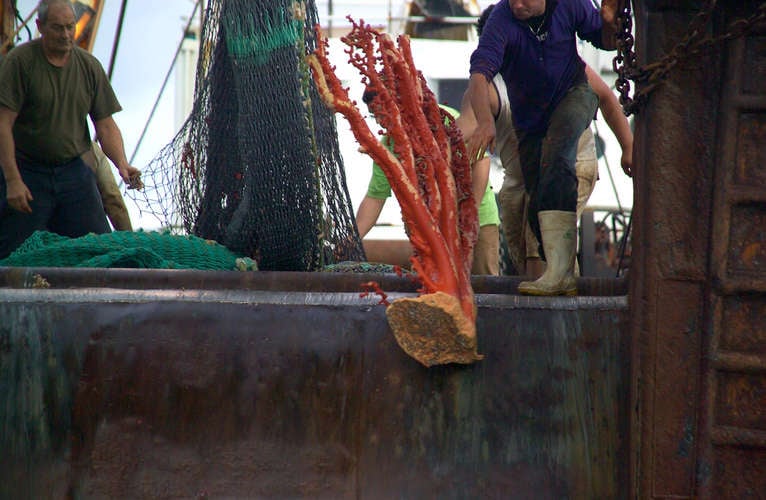
Join the call to demand that the NZ Govt bans bottom trawling on seamounts and similar deep sea features, and stop issuing permits for bottom trawling in international waters.
Take Action

